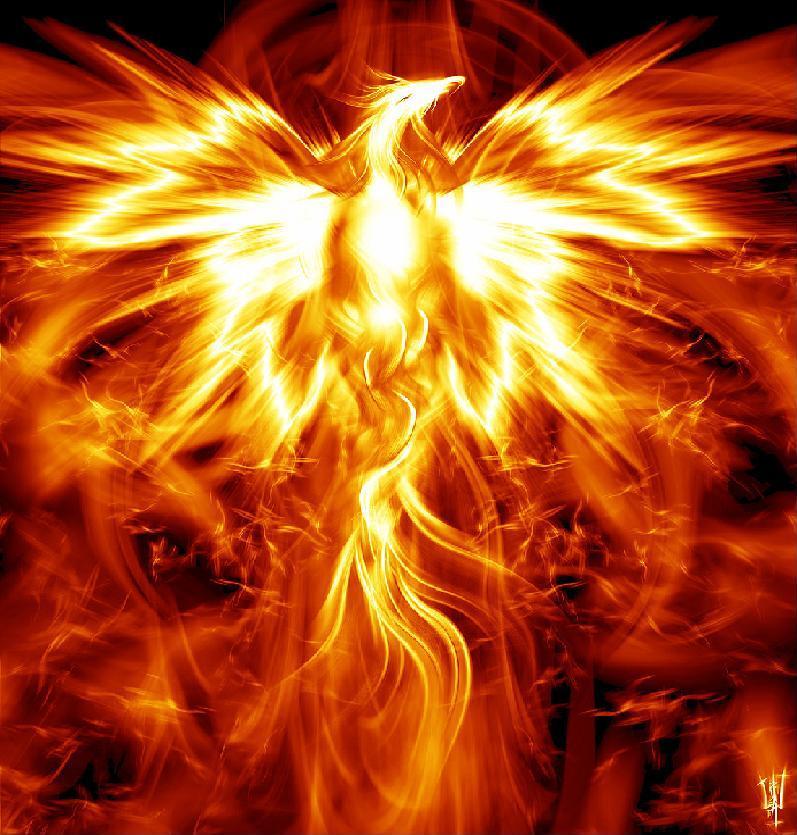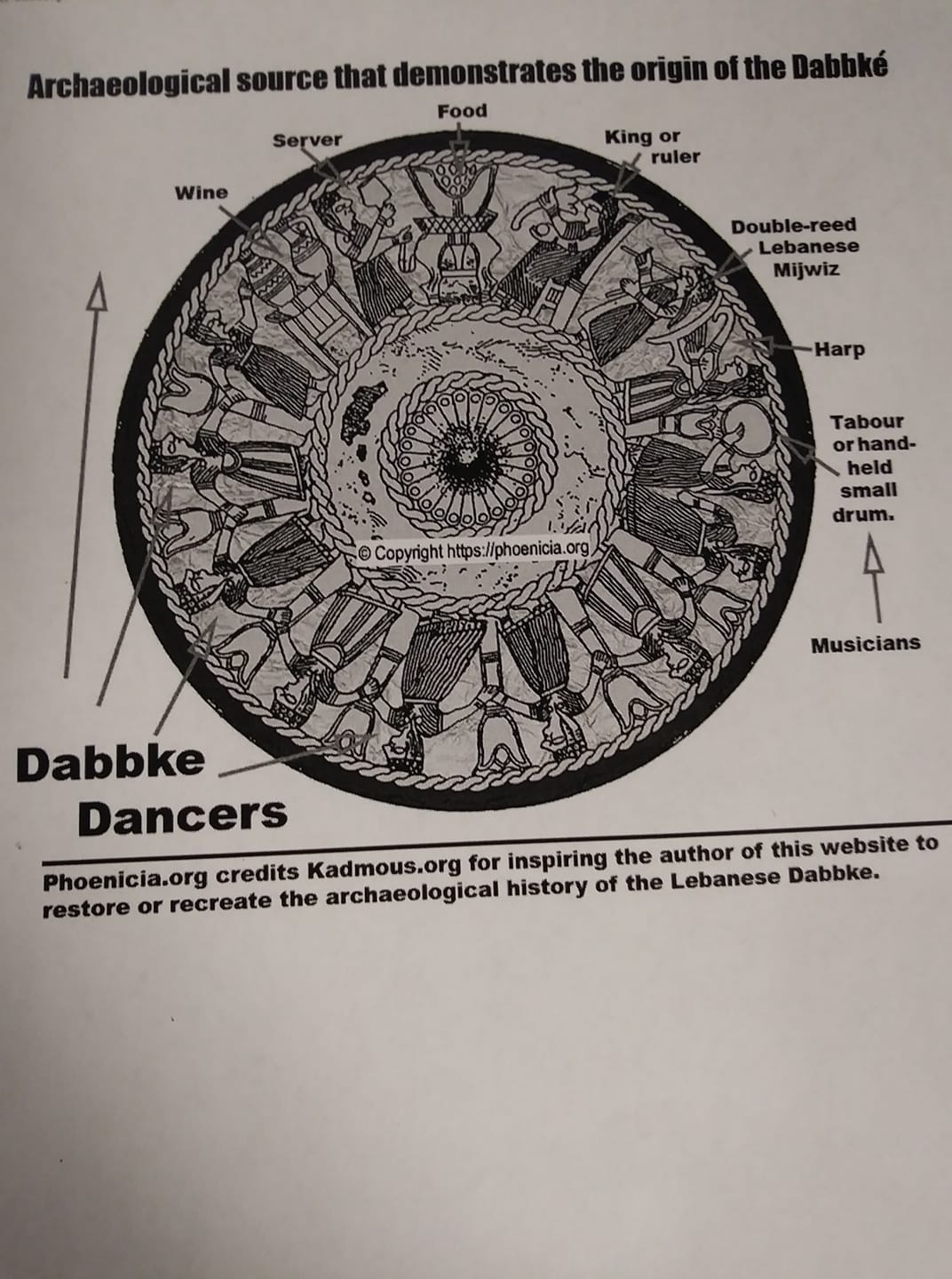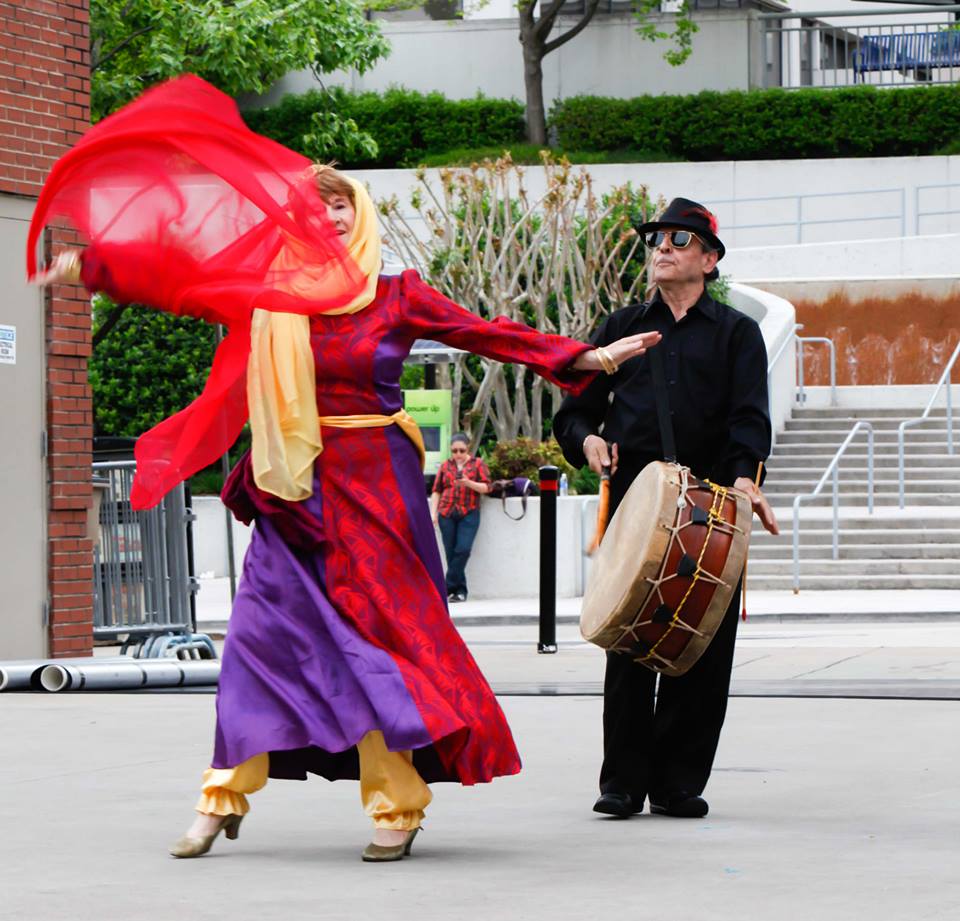After being in the business of Arabic Dance styles for over 45 years this business of appropriation has become a huge subject. It puzzles me. When I started it was not even suggested. I lived in a primarily Lebanese community and danced in every club in the Boston/Rhode Island/New Hampshire area. They were clubs where the Middle Eastern people attended any night of the week. I was never accused by the natives of Lebanon as appropriating their culture. They helped me in every way. Even after moving away across country in 1996 we are still friends. I am British by birth and my husband is Lebanese and a percussionist. I believe that no one of our era in the area ever got accused of this. Today it is everywhere by native dancers and non-native dancers. In those days we were a community. We were all one.
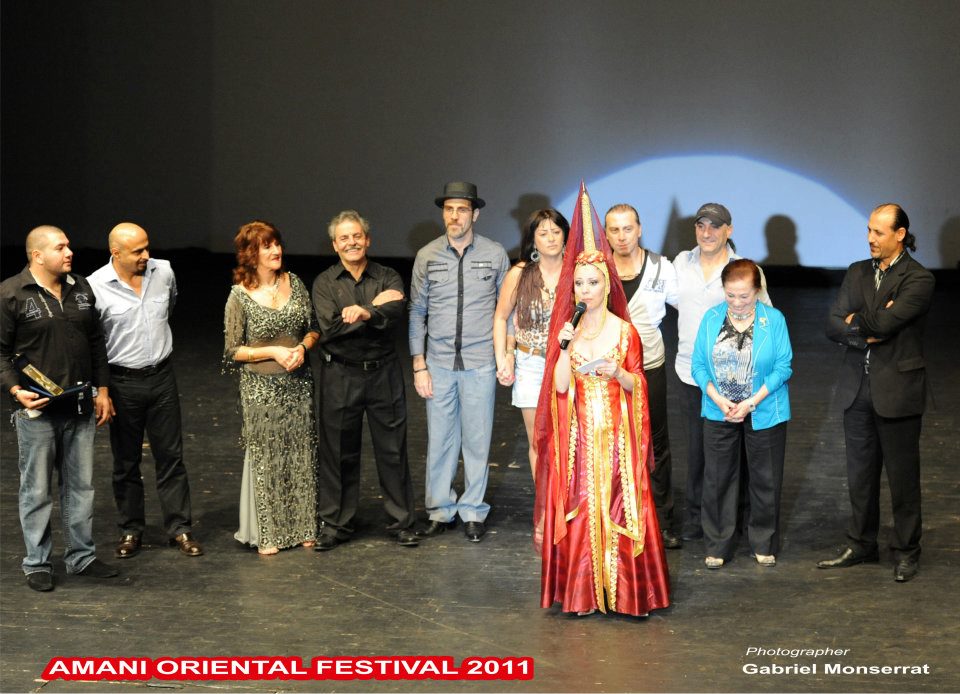
Yes, I still have friends who are of the culture who are dancers. We all respected each other. So, now I have delved into this subject I will try to unravel it. Let us start with hip hop. This dance form has made global impact and a voice for so many around the world. Yes, sometimes it is used in ways the culture does not benefit from it. This includes marketing, including products, music, videos, classes to sell an attitude. It has become an energy that has been stripped of its history and significance. It is sprinkled in everything including Broadway shows to fashion and even spices. Sound familiar?

People think all they have to do is have certain steps, wear certain costumes, dance to certain music and that makes it a cultural dance. Donning toe shoes, and a tutu and dancing to Swan Lake music does not make one a ballet dancer. This is a disconnect from the origins of the culture and the people who created the style. This is problematic.
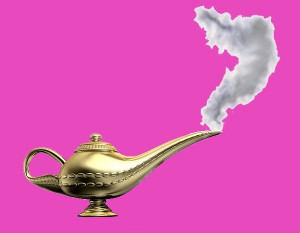
This shallow aesthetic of borrowing and disconnect is “cultural appropriation”. It has a long history in dance. Ballets like L Bayadere, Le Cosaire, tap in vaudeville. Even Ruth St Denis who found inspiration in Egyptian and Indian cultures. Cultural appropriation is taking the external trappings of cultural traditions and using them for decorations on your own history without developing mutually supporting relationships in the community that you are taking from.

It is not a matter of ethnic dances as all dance forms are an ethnic dance form. This includes ballet, modern and jazz. What matters is the power of dynamics. It should not be from a position of privilege to just borrow from a marginalized community. That is imperialism! One has to enter a cultural identity in a respectful way.
There has been a history of America appropriating cultural forms of dance and then enacting cultural imperialism. One has to study not only the movement but the culture around the movement and to build relationships in that culture. Even if you cannot move abroad, visiting a dance country’s roots is important. Go and experience the country and learn from different teachers so you understand what the culture is all about. Gain first hand exposure to the culture. Have continuous recognition of the dance forms pioneers and the teachers that have guided you. Always give recognition to to where dances come from and where you learned it.
Crediting teachers and trail blazers on social media, in program notes, and in interviews is a way of acknowledging a lineage of the culture and gratitude and humility. This is often a step people miss and it leads to conflict that is not intended. But immersion and recognition is not always enough. Often it is the entertainment business, cultural institutions, and private dance studios that do not uphold high enough standards for incoming and upcoming dancers.


Study with teachers who know the culture and the dance. Study with those willing to share the culture and the knowledge. Not just the pretty young girl at the local club. What is her history? Just taking a few classes or being born into it is not enough. One has to understand dance, the culture, the costuming, the mannerisms and the music.
I hope this article helps in some way. When I started we were committed to all of the above. We know we had to keep on learning and striving. This has to be a way of life. Not just a fun excursion. We are missing a big piece of the equation if we do not have better intent. Think about what you are creating and the audience/students you wish to attract.
ROOTS: The story line has to change. When on stage we have to get rid of the stereotypical style of a exotic body .

CHANGE OF NARRATIVE: Encourage productive discussions for everyone including instructors, staff and students.
TRUST THE NEXT GENERATION: Let new dancers have an enhanced vocabulary. The training and teaching of dancers is not the same as what we brought with us when we came as immigrants. We are all valued.
I am appalled at the lack of knowledge that the average student get from their instructors. This is a complex business. We need to know the culture the dance and more. We have let people with no background in any of these areas. A few lessons with a teacher who knows no more than they do. Workshops are not studying. This is exposure to something. This is wrong. We need to raise the barre and keep it high or this beloved dance form will die away.

Morwenna Assaf has run Art/Dance Academy for almost 40 years. She is married to Walid Assaf one of the finest percussionists in the USA. She studied in NYC for 20 years under the tutelage of Ibrahim “Bobby” Farrah. She has taught internationally in Canada, Mexico and Lebanon plus across the USA. C
Contact information = Tales1001@sbcglobal.net https://tales1001.webs.com
Morwenna Assaf = 760-715-2276 Walid Assaf = 760-715-2220
Art/Dance Academy = 865-375-0446

































